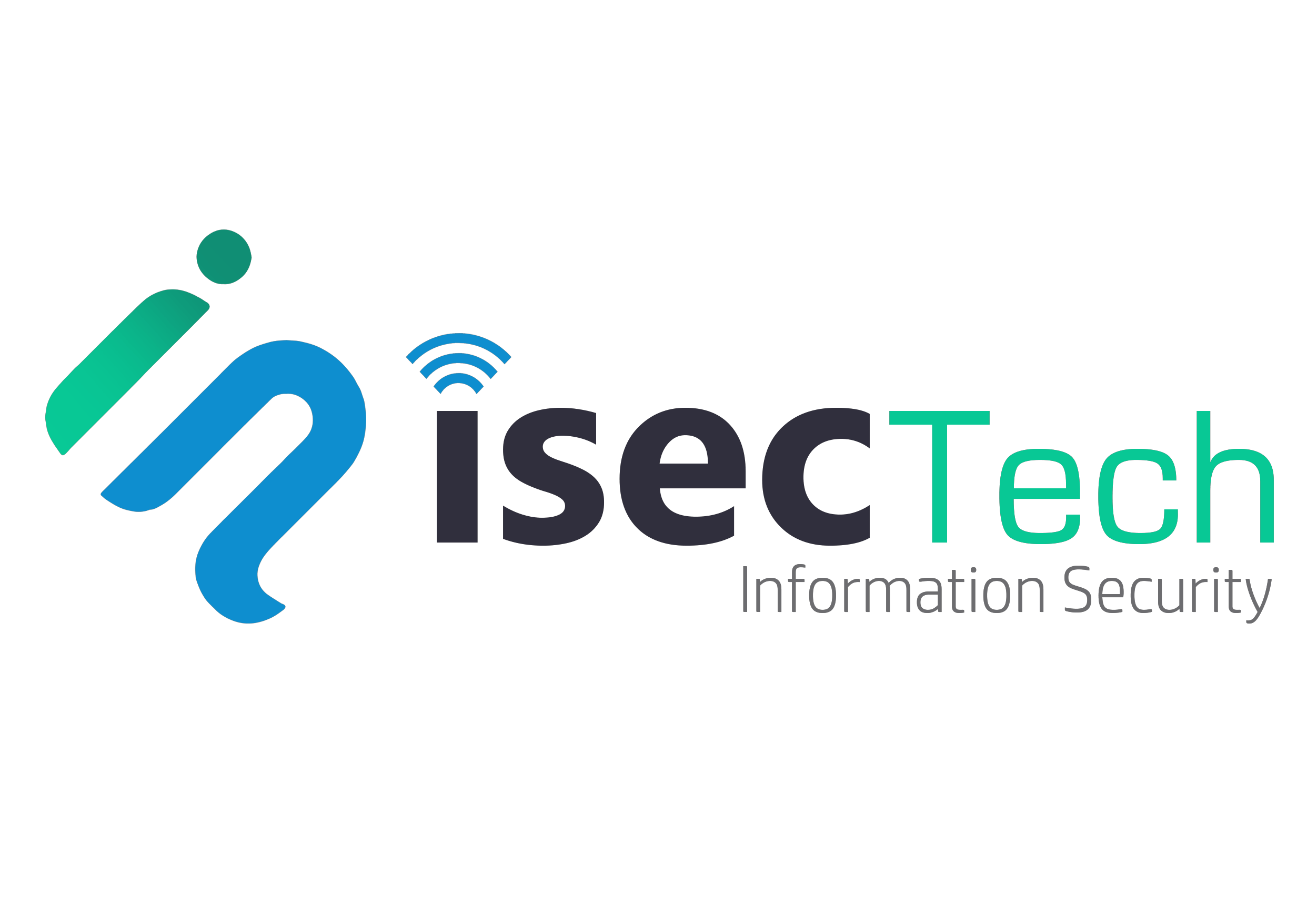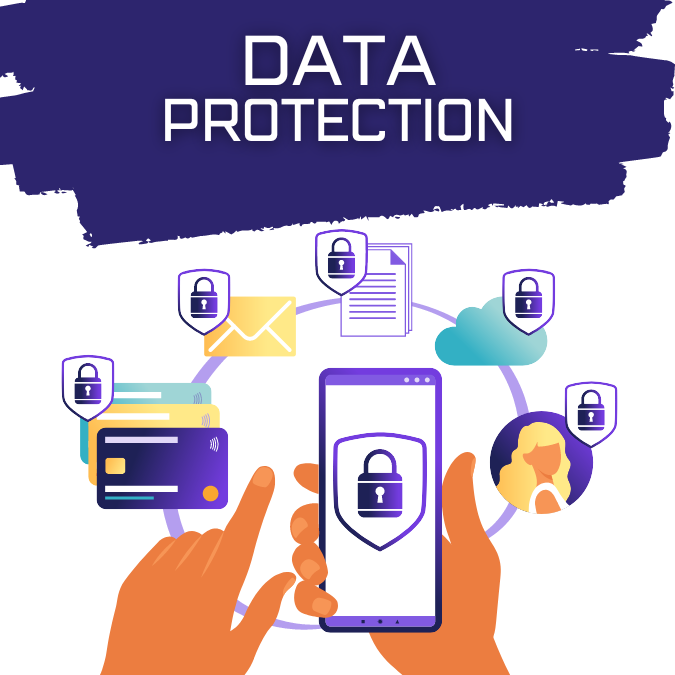Importance of Multi-Factor Authentication in Today’s Digital Landscape
In an era where our digital lives are intertwined with our physical realities, the security of our online accounts and data has never been more crucial. With cyber threats evolving at an unprecedented rate, one might wonder: How can we ensure our digital assets remain safe? Enter Multi-Factor Authentication (MFA).
What is Multi-Factor Authentication (MFA)?
At its core, MFA is a security process that requires users to provide multiple methods of identification before gaining access to an account. Think of it as a multi-layered shield; even if one layer is breached, the intruder still has more barriers to overcome.
Typically, these identification methods fall into three categories:
- Something you know: This could be a password, PIN, or an answer to a security question.
- Something you have: This might be a physical device like a smart card, a security token, or a smartphone app that generates time-based codes.
- Something you are: Biometric methods such as fingerprints, facial recognition, or voice patterns.
Why is MFA So Important?
- Evolving Threat Landscape: Cybercriminals are becoming more sophisticated. Phishing attacks, keyloggers, and brute-force attacks are just a few methods they employ. MFA ensures that even if a password is compromised, unauthorized access is still prevented.
- Rise in Remote Work: The COVID-19 pandemic has accelerated the shift to remote work. This means more devices accessing corporate networks from various locations, often over less-secure home networks. MFA provides an added layer of security in such scenarios.
- Ease of Use: Modern MFA solutions are designed with user experience in mind. Biometric solutions like Face ID or fingerprint scanners make the authentication process seamless.
- Regulatory Compliance: Many industries now mandate the use of MFA to protect user data. Implementing MFA can help businesses adhere to these regulations and avoid hefty fines.
Making Complex Simple: MFA in Everyday Terms
Imagine your house. A password is like the main door. If someone has the key (or can pick the lock), they can enter. Now, add a security alarm (a second factor). Even if they get through the door, the alarm will catch them. For the tech-savvy thief, add a guard dog (a third factor). Now, even if they silence the alarm, they still have to deal with the dog. That’s MFA in a nutshell!
Conclusion
In today’s digital landscape, where our personal, financial, and professional data is constantly at risk, MFA isn’t just a recommendation; it’s a necessity. By adding multiple layers of security, we can ensure that our digital lives are shielded from the ever-growing threats of the cyber world.
Remember, in cybersecurity, it’s always better to be proactive than reactive. Activate MFA on your accounts today and enjoy a safer digital experience.

